Nishi Sando Path
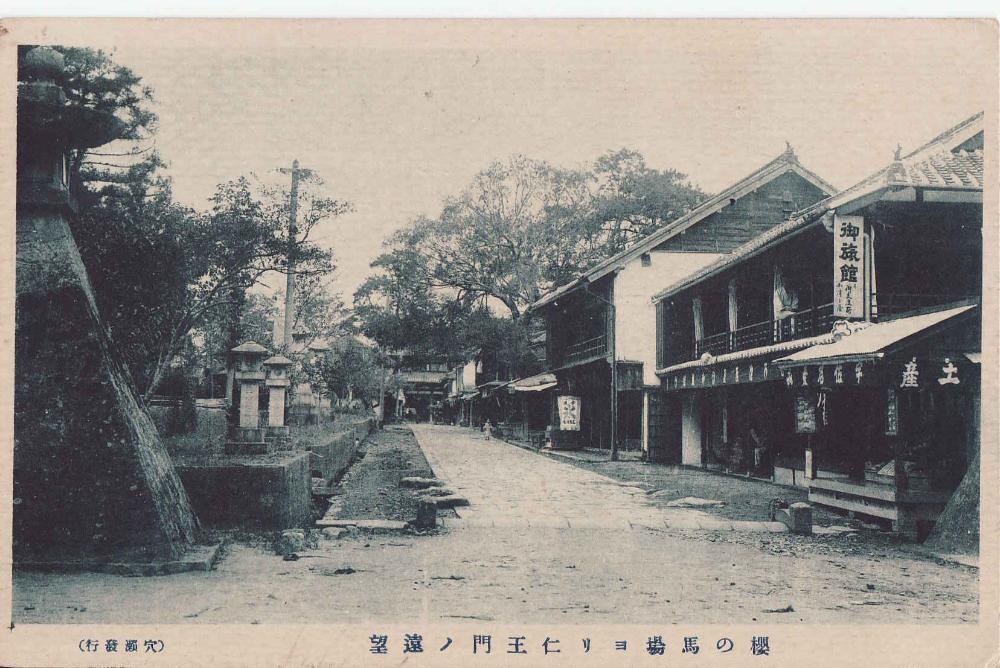
Nishi Sando in the mid-twentieth century
The Nishi Sando (“western approach”) is the path that leads from the Kurehashi Bridge into the Usa Jingu shrine grounds. In the past, it served as the primary shrine approach and was lined with shops, restaurants, and inns that catered to visiting pilgrims and residents of the area. However, the northern route into Usa Jingu became the main approach as a result of the Great Showa Reconstruction of the shrine grounds (1932–1941), and the Nishi Sando became a quiet, tree-lined path that passes several small shrines, memorials, and important historic sites.
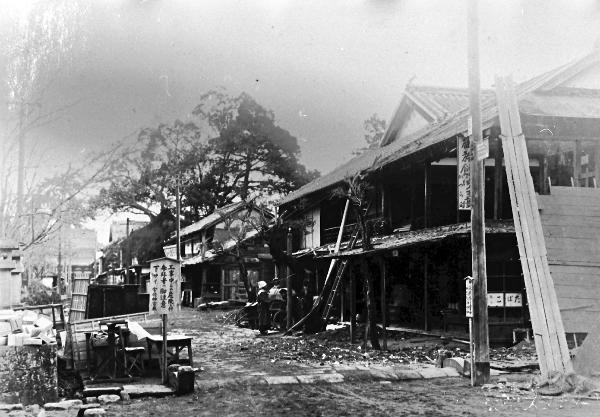
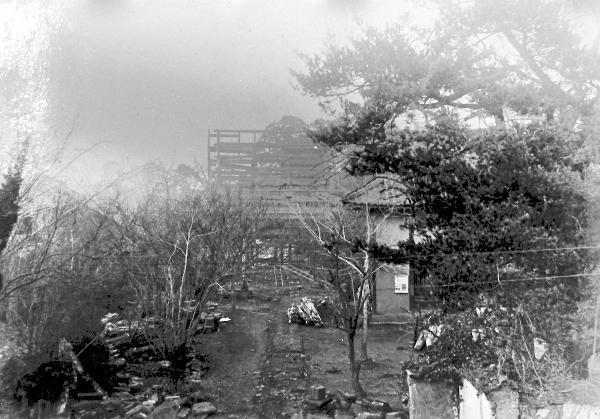
Demolition work along Nishi Sando during the Great Showa Reconstruction (1932–1941)
The Kurehashi Bridge marks the beginning of the Nishi Sando, but the gates of this roofed bridge are usually closed. The bridge is opened for crossing only on special occasions such as the Rinji Hobeisai, a ritual that occurs once every 10 years when a chokushi (imperial messenger) makes a pilgrimage to Usa Jingu. Visitors approaching the shrine from the west use the neighboring pedestrian bridge to reach the Nishi Sando.

Nishi Sando depicted in The Illustrated Diary of Minomushi Sanjin (1864)
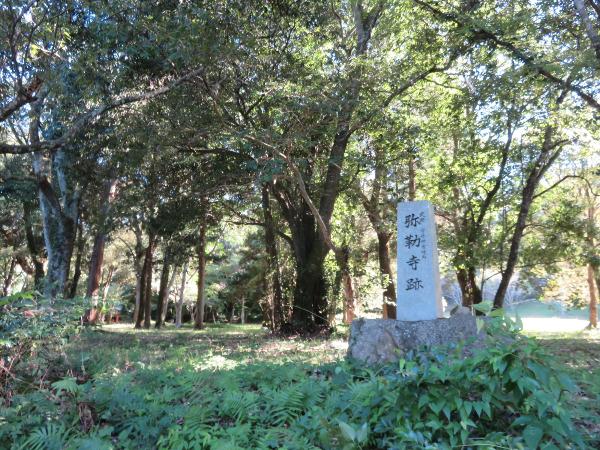
Site of Mirokuji Temple
On the southern side of the Nishi Sando is the former site of Mirokuji Temple. From the eighth to the nineteenth century, Usa Jingu was a shrine-temple complex where a syncretic fusion of Shinto and Buddhism was practiced, and Mirokuji was the main Buddhist temple of the complex, performing both religious and administrative functions. Its power gradually waned, and the temple was demolished after the government-ordered separation of Shinto and Buddhism in 1868, leaving only the foundation stones visible among the trees.
Another notable site along the Nishi Sando is Yasaka Jinja Shrine, a subsidiary shrine of Usa Jingu dedicated to Susanoo no Mikoto, a deity associated with the sea and storms. The vermilion sanctuary is decorated with a colorfully painted woodcarving of a dragon in the waves. The Chin’ekisai festival is held at Yasaka Shrine every February to pray for the prevention of plague, disasters, and other misfortunes.
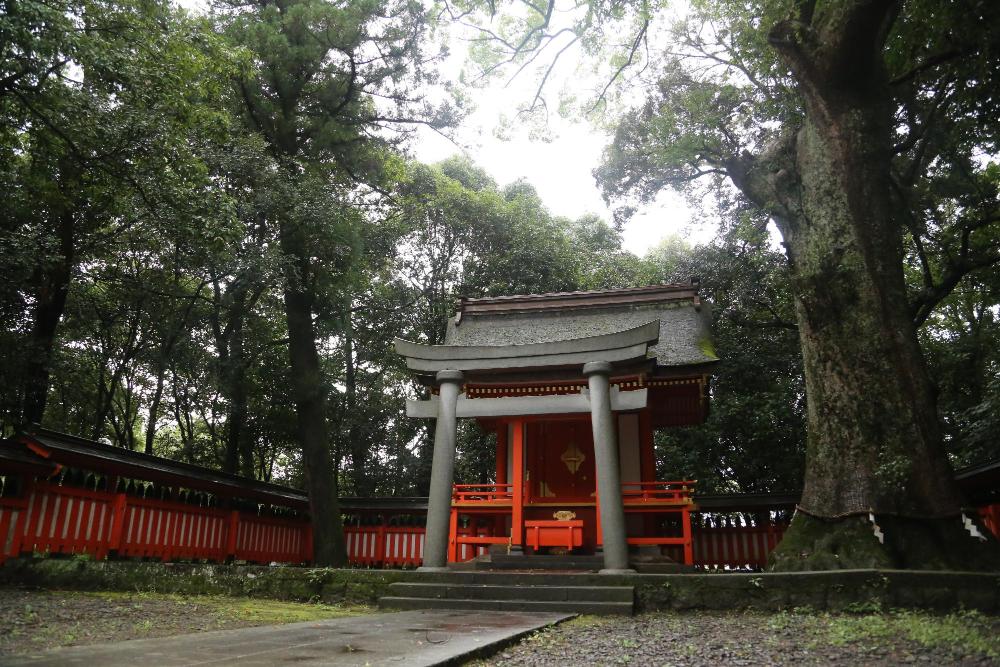
Yasaka Jinja Shrine
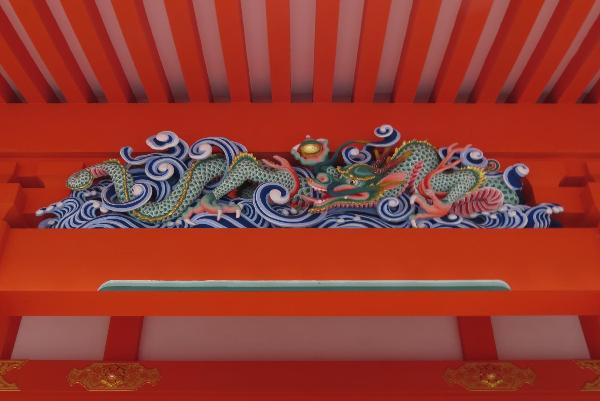
Dragon woodcarving
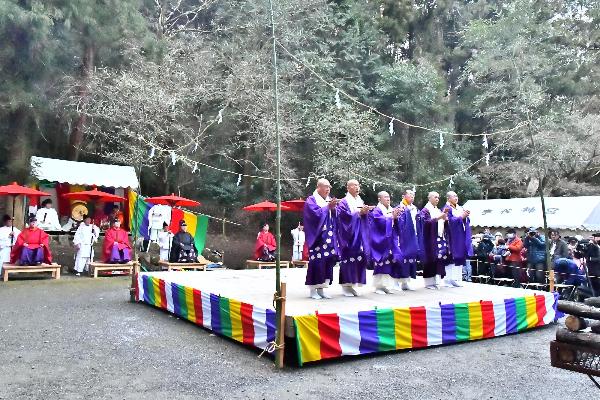
Chin’ekisai festival

This English-language text was created by Japan Tourism Agency.
- ページに関する評価
-







更新日:2024年03月18日